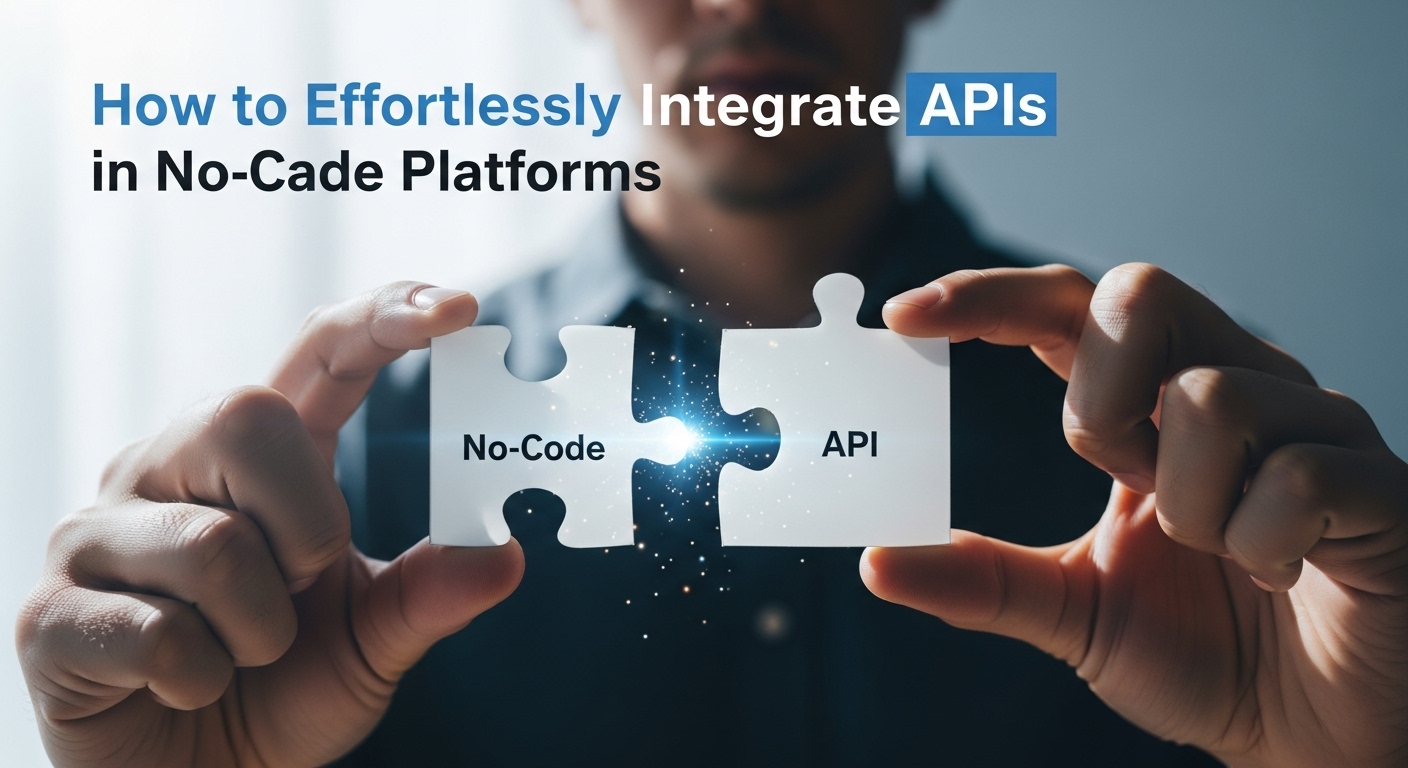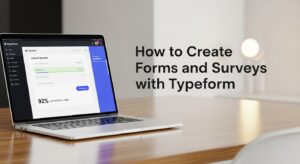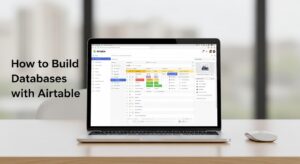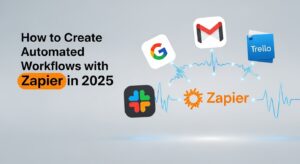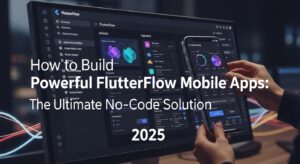Integrate APIs in no-code platforms is becoming a game-changer for businesses and creators who want to automate workflows and enhance app functionality —without writing a single line of code. With the rise of no-code platforms, you can now seamlessly connect with powerful external services, databases, and tools via APIs (Application Programming Interfaces) to build sophisticated apps and integrations quickly.
Whether you’re a beginner or an experienced maker, this comprehensive guide will walk you through 7 proven steps to integrate APIs in no-code platforms easily and effectively.
What Does It Mean to Integrate APIs in No-Code Platforms?
APIs allow two software applications to communicate with each other. No-code platforms — such as Bubble, Adalo, Zapier, Integromat (now Make), and Airtable — let users build apps by dragging and dropping elements without coding.
By integrating APIs in no-code platforms, you can connect your app or workflow with third-party services like payment gateways, CRMs, social media, or data providers to automate processes and extend your app’s capabilities.
Why You Must Integrate APIs in No-Code Platforms
Integrating APIs in no-code platforms offers several compelling advantages:
- Faster Development: Skip complex backend coding; API connections simplify data exchange.
- Automated Workflows: Connect multiple apps and trigger actions automatically.
- Expand Functionality: Access features of top services without rebuilding them.
- Cost-effective: Reduce the need for developers and speed up prototyping.
- Scalability: Easily update or change APIs as your needs grow.
7 Powerful Steps to Integrate APIs in No-Code Platforms
1. Define Your API Integration Goals
Start by clearly defining what you want to achieve by integrating APIs in no-code platforms. Examples:
- Automate email marketing with CRM data
- Sync user data between forms and databases
- Process payments securely using Stripe or PayPal APIs
- Retrieve live weather or stock market data
This clarity will guide your choice of API and no-code tools.
2. Select a Compatible No-Code Platform
Choose a no-code platform that supports robust API integrations. Some popular options include:
No-Code Platform | API Integration Features | Pricing Tier Example |
Bubble | Visual API connector, REST API & Plugins | Free & Paid plans ($25+/month) |
Zapier | Automation workflows for 3000+ apps | Free & Starter ($19.99/month) |
Make (ex-Integromat) | Visual API builder & multi-step scenarios | Free & Paid ($9+/month) |
Adalo | REST API integration via custom actions | Free & Pro ($50/month) |
Airtable | API for automation & external connections | Free & Pro ($20+/month) |
If your chosen no-code platform has built-in connectors for the API you want, integration is easier. Otherwise, you’ll configure REST API calls directly.
3. Obtain API Access Credentials
Most APIs require authentication to secure access. You will typically need:
- API keys
- OAuth tokens
- Client ID and secret
Locate these credentials by registering your app on the API provider’s developer portal. Keep credentials secure and follow usage limits.
Example: To integrate Google Maps API, visit Google Cloud Console, enable APIs, and create API keys.
4. Understand API Documentation and Endpoints
Spend time reviewing the official API documentation. Key information you need includes:
- Base URL of the API
- Available endpoints and their HTTP methods (GET, POST, PUT, DELETE)
- Required headers (e.g., Content-Type, Authorization)
- Request parameters and body format
- Response formats (usually JSON or XML)
- Error codes and rate limits
Understanding these details is critical to correctly configure API calls within your no-code platform.
5. Use Built-in API Connectors or REST Modules to Configure Integration
With credentials and documentation at hand, configure your API calls. Two common methods exist:
- Pre-built Connectors: Platforms like Zapier provide ready-made connectors for popular APIs. You simply authenticate and map data fields.
- Custom API Calls: Use no-code REST API modules (available in Bubble, Make, Airtable, etc.) to manually define endpoint URLs, headers, and parameters. Here you:
- Choose HTTP method (GET to retrieve data, POST to send new data)
- Input endpoint URL
- Add headers and authentication info
- Map input data or form fields
Example (in Bubble): Use the API Connector plugin to define your API call and test it.
6. Map and Process API Data in Your No-Code App
Once API calls are set up, process the incoming or outgoing data:
- Parse JSON responses to access required fields
- Bind API data to UI elements (e.g., display user info, update tables)
- Handle errors gracefully (show messages on failure)
- Trigger API calls on user actions like button clicks
This step customizes API integration to your specific app workflow.
7. Test Thoroughly and Optimize API Integration
Before going live, thoroughly test all API integrations:
- Check responses for correct data
- Validate error handling and fallback logic
- Verify authentication renewal if using OAuth
- Monitor API rate limits to prevent service interruptions
- Optimize calls by avoiding unnecessary repetition or heavy payloads
Tip: Document your integration steps and maintain a log of changes for easier troubleshooting.
Additional Tips for Successful API Integration in No-Code Platforms
- Use API testing tools like Postman or Insomnia to prototype API calls.
- Leverage external services like webhook.site to debug request payloads.
- If no-code API limits your logic, consider hybrid approaches with minimal custom code.
- Subscribe to API provider newsletters to stay updated on changes or deprecations.
- Explore community forums for platform-specific best practices and examples.
Conclusion
Integrating APIs in no-code platforms is no longer a technical barrier. By following these 7 powerful steps, you can effortlessly connect your apps with external services, automate workflows, and deliver advanced functionality, all without code. This approach empowers creators and businesses to innovate faster, saving time and cost while scaling effectively.

